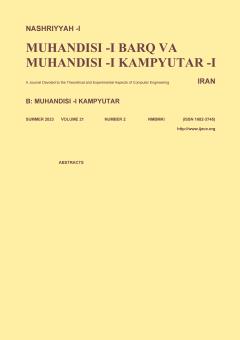-
-
List of Articles
-
Open Access Article
1 - Presenting a Network-on-Chip Mapping Approach Based on Harmony Search Algorithm
Zahra Bagheri Fatemeh Vardi Alireza Mahjoub -
Open Access Article
2 - Semantic Word Embedding Using BERT on the Persian Web
shekoofe bostan Ali-Mohammad Zare-Bidoki mohamad reza pajohan -
Open Access Article
3 - Video Summarization Using a Clustering Graph Neural Networks
Mahsa RahimiResketi Homayun Motameni Ebrahim Akbari Hossein Nematzadeh -
Open Access Article
4 - Proposing a Detection and Mitigation Approach for DDoS Attacks on SDN-Based IoT Networks
fatemeh MotieShirazi Seyedakbar Mostafavi -
Open Access Article
5 - Ontology Matching Based on Maintaining Local Similarity of Information Using Propagation Technique
NazarMohammad Parsa Asieh Ghanbarpour -
Open Access Article
6 - Distributed Primal-Dual Algorithm with Variable Parameters and Bidirectional Incremental Cooperation
Ghanbar Azarnia
-
The rights to this website are owned by the Raimag Press Management System.
Copyright © 2017-2025







